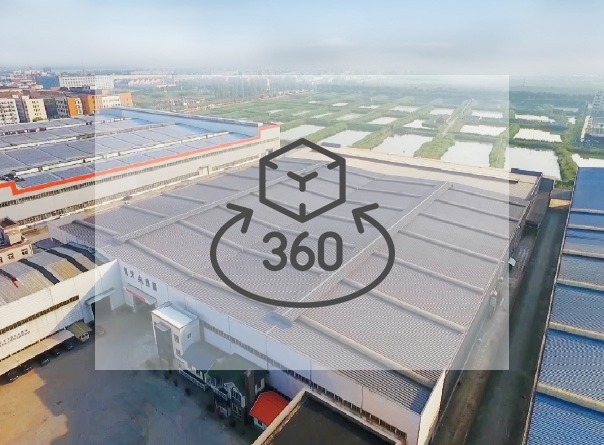The Prefab Marvel: How Prefabricated Houses Are Constructed
Prefabricated houses, often referred to as prefab homes, have been gaining popularity in recent years due to their cost-effectiveness, speed of construction, and sustainability. The construction process of prefab houses is a well-orchestrated sequence of steps that combines precision engineering with efficient manufacturing techniques. In this article, we'll take you through the fascinating journey of how prefab houses are constructed, from design and planning to final touches.

Design and Planning
The journey of constructing a prefab house begins with the same fundamental step as traditional construction: design and planning. Architects and engineers work closely to create a design that meets the homeowner's requirements and adheres to local building codes and regulations. The design is then transformed into detailed plans and specifications that serve as a roadmap for the manufacturing and assembly processes to follow.
Component Manufacturing
One of the key advantages of prefab houses is the controlled environment of component manufacturing. Various components of the house, such as walls, roof panels, floors, doors, windows, and even plumbing and electrical systems, are manufactured in a factory or off-site location. These components are constructed with precision and quality in mind, ensuring that they fit together seamlessly during assembly.
Each component is manufactured to precise measurements and quality standards, reducing the likelihood of on-site errors and ensuring a quicker assembly process. This controlled manufacturing environment also allows for the use of advanced materials and techniques, promoting energy efficiency and sustainability.
Transportation to the Construction Site
Once the components are fabricated, they are transported to the construction site. This can involve shipping individual modules or sections of the house, depending on the design and size of the prefab home. Transportation is carefully coordinated to ensure the components arrive in optimal condition, often utilizing specialized transportation methods such as flatbed trucks or even cargo ships for overseas shipments.
Site Preparation
Before assembly can begin, the construction site must be prepared. This typically involves laying the foundation, which can be a concrete slab, crawl space, or basement, depending on the design and local building codes. The foundation provides the stable base upon which the prefab components will be assembled.
Assembly
With the foundation in place, the prefab components are ready to be assembled. This process is often facilitated by cranes or other heavy equipment, which lift and position the components with precision. Walls, roof sections, and floors are connected and secured to form the complete structure of the house. Windows and doors are installed in their respective openings.
What sets prefab assembly apart is the speed at which it can be accomplished. Entire houses can be assembled in a matter of days or weeks, as opposed to the months or years required for traditional construction. This accelerated timeline can be a significant advantage for homeowners seeking to move into their new residence quickly.
Interior and Exterior Finishing
Once the basic structure is in place, interior and exterior finishing work begins. This includes insulation installation, connecting electrical and plumbing systems, adding drywall and interior finishes, installing roofing and siding, and applying the final coat of paint. These finishing touches ensure that the prefab house is not only structurally sound but also aesthetically pleasing and energy-efficient.
Utilities and Systems
To make the prefab house fully functional, plumbing and electrical systems are connected to the main supply lines. HVAC (heating, ventilation, and air conditioning) systems are also installed, ensuring that the home is comfortable year-round. Advanced energy-efficient systems may be incorporated, further reducing the home's environmental footprint and utility costs.
Final Inspections and Quality Control
Throughout the prefab house construction process, rigorous quality control checks are performed during both the manufacturing and assembly stages. Additionally, local building inspectors may conduct inspections to verify that the house complies with local building codes and regulations. These inspections ensure that the prefab house is safe and meets all required standards, guaranteeing peace of mind for homeowners.

Interior Furnishing
Once the prefab house passes all inspections and is structurally complete, it's ready for interior furnishing and decoration by the homeowner. This is where the house truly becomes a home, with personal touches and furnishings reflecting the homeowner's style and preferences. The open and adaptable interior spaces of prefab houses provide ample opportunities for customization.
Final Touches
To complete the prefab house construction process, any remaining touches, such as landscaping, driveway installation, or the addition of exterior features like decks or porches, are taken care of. These final touches not only enhance the curb appeal of the prefab home but also make it a functional and comfortable living space, seamlessly integrated into its natural surroundings.







 English
English Español
Español 中文简体
中文简体 Français
Français عربى
عربى










